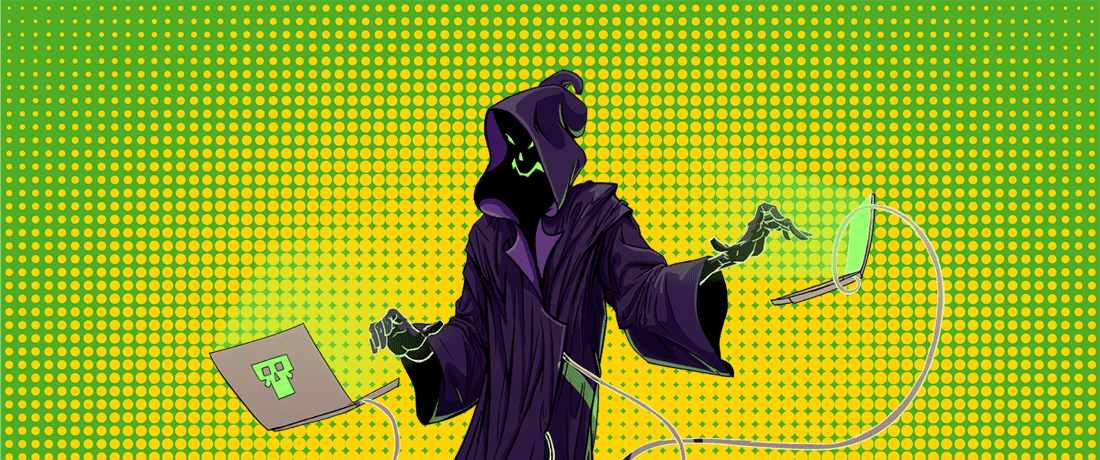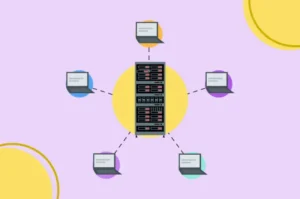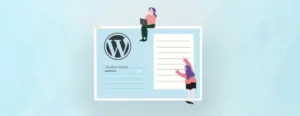
Securing Your WordPress Site: Understanding and Preventing Hacks
Understanding the Importance of Website Security
As surprising as it may seem, website owners often wonder why their sites would be targeted by hackers, particularly when they don’t store sensitive information such as credit card details or social security numbers. However, the reality is that even small businesses can fall victim to cyber-attacks. And contrary to popular belief, such hacking attempts are not personal but largely automated.
The Motivation Behind Hacking Small Websites
While it might seem unproductive to hack small websites, there’s actually substantial money to be made in the process, especially when dealing with high-volume attacks that target hundreds of sites at once. In fact, WordPress alone experiences over 90,978 attacks per minute, with Google’s Safe Browsing service blacklisting up to 70,000 websites each day due to malware infection or phishing scams.
Common Hacking Strategies
Hackers often employ automation tools to scan websites for specific vulnerabilities. Once these vulnerabilities are identified, they launch mass attacks. The moment they gain access to a series of sites, they generate income through a variety of means, including phishing pages, malvertising, SEO spam, and drive-by-downloads.
SEO Spam:
Surprisingly, hackers can exploit SEO to boost their own Google ranking. They achieve this by injecting compromised sites with a series of back-links, overwriting content, rewriting existing links, and in severe cases, adding new sites and landing pages to the server. These alterations often go unnoticed until the site’s Google ranking plummets or it gets blacklisted.
Malicious Advertising or Malvertising:
In this case, hackers spread malware through fake advertisements. These malicious ads are hidden among legitimate ones, allowing them to reach a wider audience. For small companies, these attacks typically occur at the advertising network level, meaning the website hosts malicious content but isn’t compromised in the traditional sense.
Drive-by Downloads:
This involves tricking visitors into downloading malicious programs that they believe are legitimate alerts or warnings from their computers. Once clicked, these alerts initiate a download filled with harmful content.
How to Enhance Website Security
In today’s digital landscape, ensuring website security can be challenging. However, keeping in mind that most small website hacks are large scale automated attacks can provide some comfort. The knowledge that simple safety measures can significantly boost your protection against these automated attacks is crucial.
- Use unique, hard-to-guess passwords and avoid obvious usernames like Admin, Test, User, or department titles such as Sales, Billing, Finance.
- Keep your WordPress, plugins, themes, and PHP up-to-date. Remember, when a developer releases a security patch, they also alert hackers to potential vulnerabilities.
- Avoid using abandoned plugins. If a plugin hasn’t been updated in over six months, consider replacing it with a more recent one.
- Invest in security measures like SSL to protect your visitors and malware scanning to quickly identify and resolve any security breaches.
What to Do If Your Website Is Hacked
If your website has been compromised, there are several steps to take next. First, consider seeking professional help to clean up your site. When looking for assistance, ensure they not only remove the malicious code but also identify how the hack occurred and rectify it to prevent future attacks.
Next, reset all your passwords and update everything that can be updated. Reinstall clean versions of your core WordPress install and plugins. Lastly, sign up for monitoring to be alerted the moment something goes wrong. This not only reduces the cleanup costs but also minimizes the impact on your site.
Final Thoughts
While it might seem like an uphill task, taking the necessary precautions to secure your website from hackers is critical. The consequences of overlooking this crucial aspect of managing a website can be severe and costly. So take the initiative today to protect your site and ensure the safety of your visitors.

